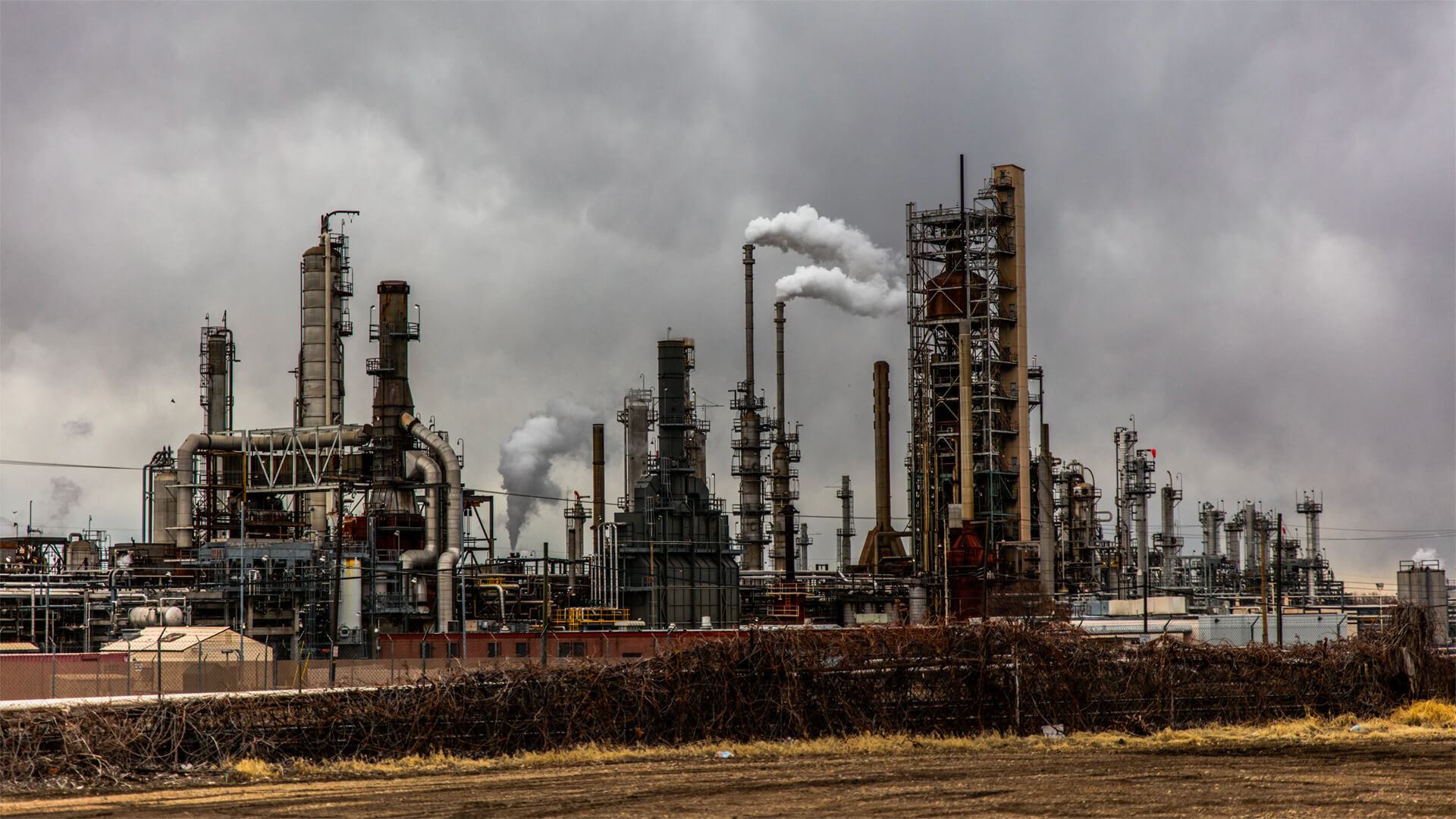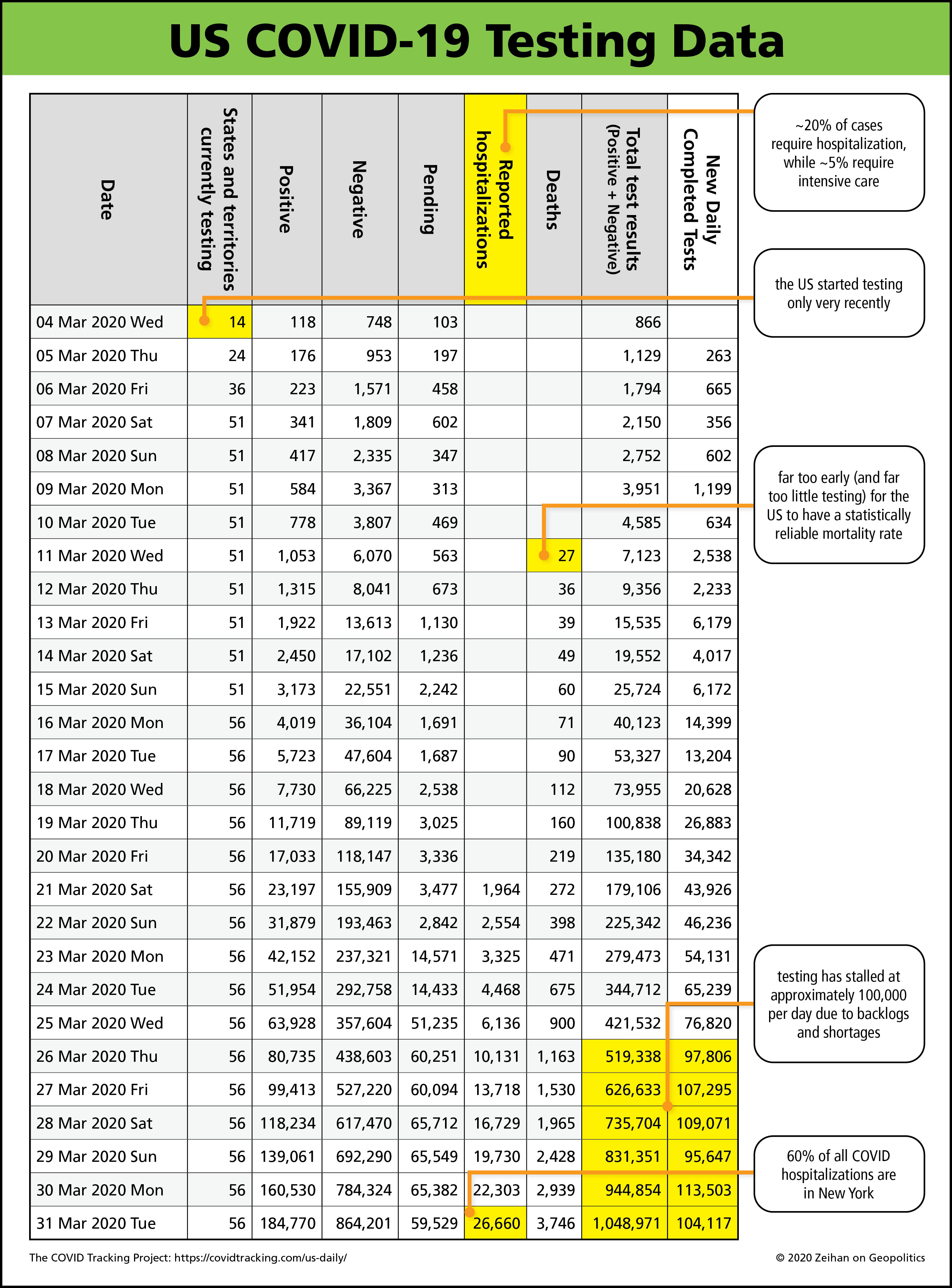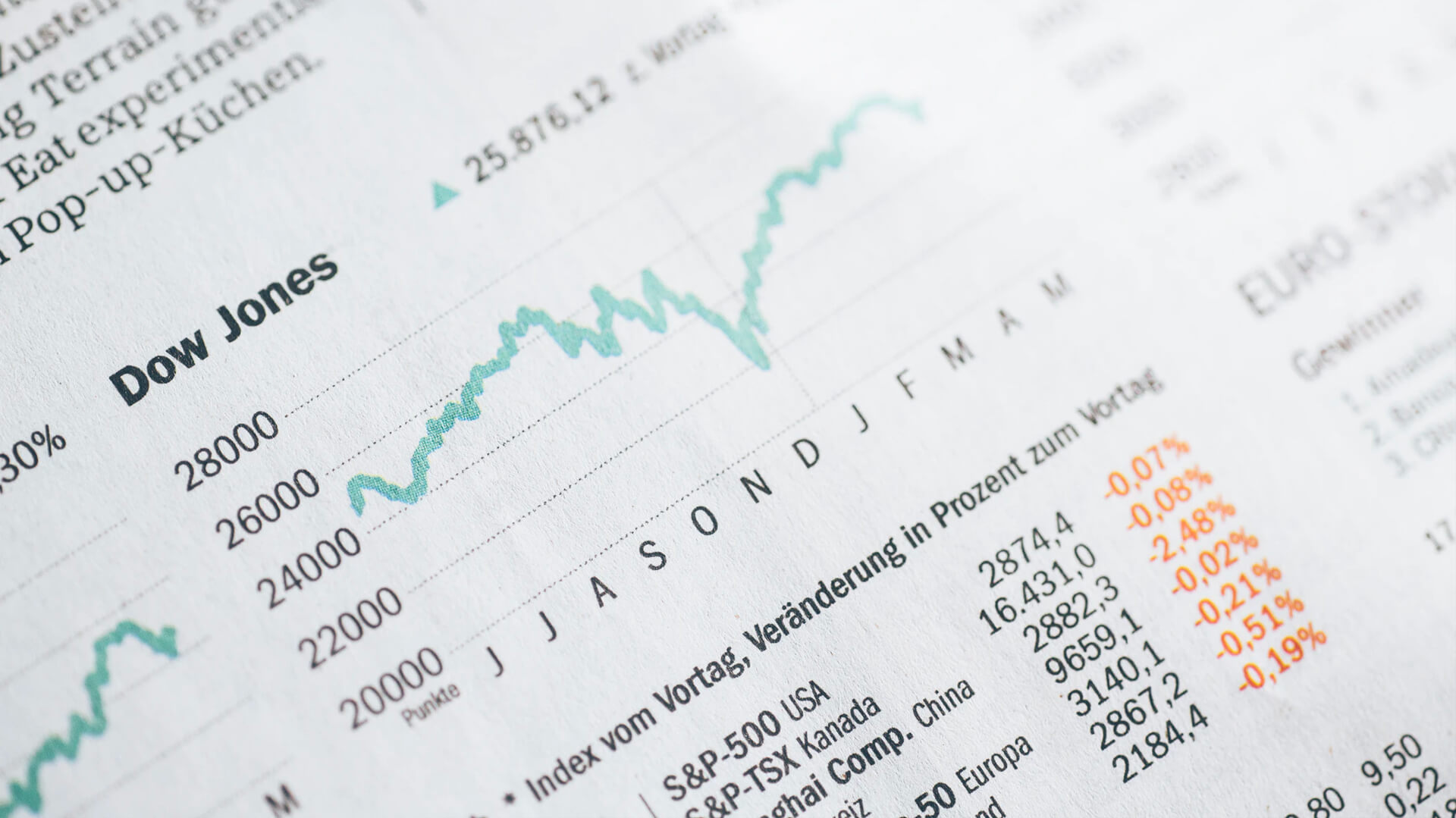Recent data on the US’ fight against COVID-19 is sobering, albeit incomplete. Testing overall is dramatically insufficient. Labs are just now beginning to clear through a significant backlog of tests. Without a more aggressive testing regime, US state, local and federal authorities have struggled (and will continue to struggle) to deliver a clear picture or accurate predictive modeling about the extent of infections and mortality rates. That is doubly true for areas about to enter their peak caseloads and associated surges in hospital demand.
This will be particularly challenging for American’s rural southern and Appalachian states, who have lagged behind national US testing rates and whose healthcare provider and hospital networks lack the redundancy and surge capabilities of large urban and contiguous coastal population centers, such as in the NY-NJ-CT area. While population centers in these states are less concentrated and overall smaller, so too are their healthcare networks smaller and more diffuse throughout communities.

But it’s not all bad news! One area where the US supply chain is particularly resilient is regarding its agriculture. US farmers, food processors and grocer/retailers are in the strongest position in the world to continue delivering food supplies to American consumers. While consumption patterns and panic-induced hoarding will continue to empty shelves at local stores, all elements of the US supply chain have been able to continuously restock — and will continue to do so.
If you have more questions about the resiliency of the US Agricultural supply system in the face of pressures due to COVID-19, join Zeihan on Geopolitics’ Peter Zeihan for an in-depth seminar on April 20, 2020.
Future planned invents include:
- Transport and Supply Chains
- Manufacturing
- Industrial Commodities
















